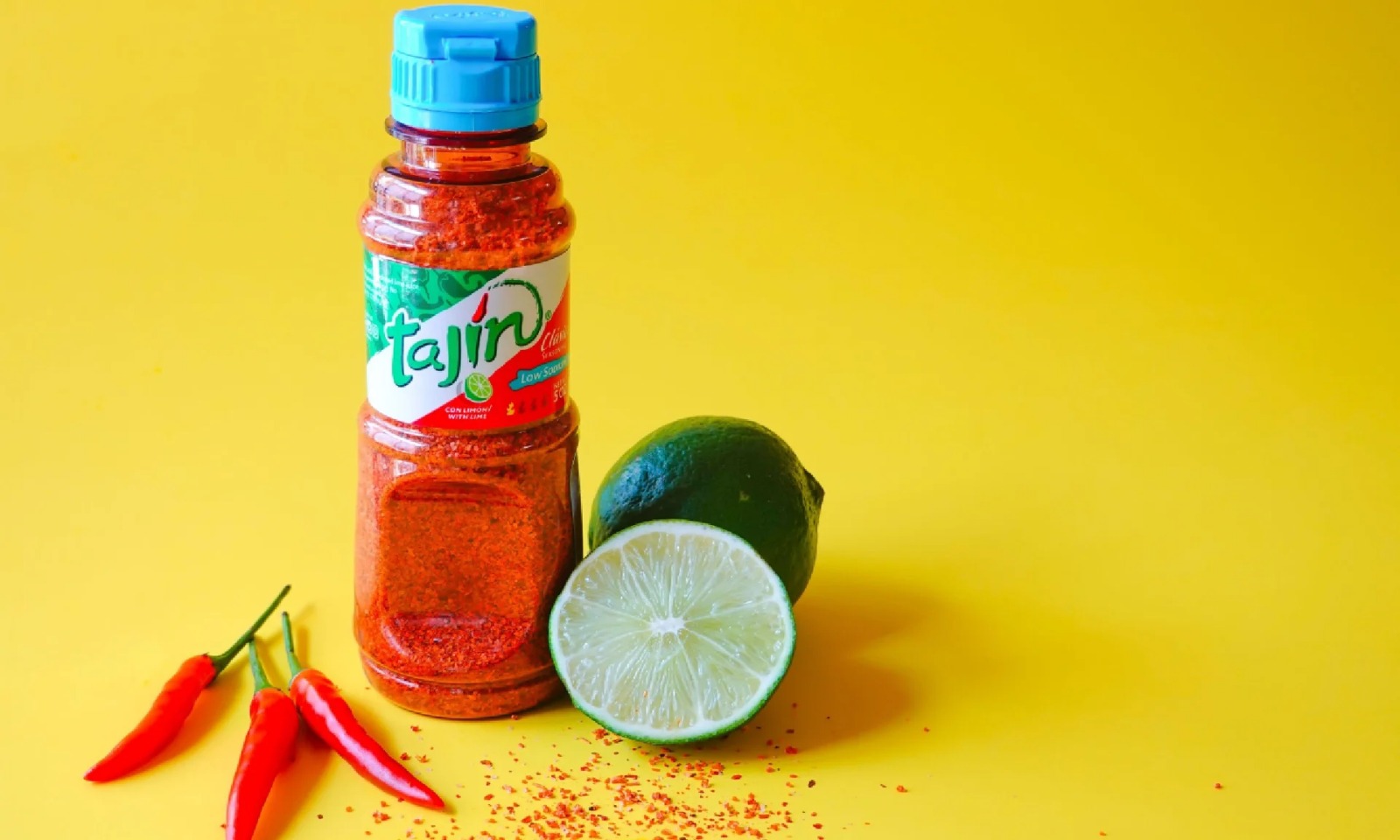Culture Craze
From Mexico to Mzansi: How Tajín Became the Snack Seasoning Everyone Loves

If you have ever strolled along Durban’s beachfront, you have probably seen pineapple sticks sprinkled with a deep red spice. At first glance, it might look like ordinary chilli powder or paprika. But chances are, that fiery dusting is something with a much richer backstory: Tajín.
The Taste That Took Over Social Media
On TikTok and Instagram, Tajín has exploded into a full-blown obsession. Videos of people shaking the seasoning over pineapple, peaches, or even grapes are racking up views and sparking comments that range from “new obsession unlocked” to “the chef’s kiss.”
One TikTok user described tajín-coated pineapple as “the only storm worth braving,” while another raved about grapes transformed into a sweet-spicy sensation. The seasoning is no longer just a Mexican favourite. It has become a global snack hack, celebrated for its bold blend of tang, salt, and chilli heat.
@sophiaruffin Yall adding #tajin on fruit is a whole game changer. Thank me later. #fyp #foodietiktok ♬ original sound – Sophia Ruffin
Where It All Began
Tajín was created in 1985 by Horacio Fernandez, who wanted to capture the taste of his grandmother’s chilli sauce in a portable seasoning. Inspired by traditional flavours eaten with corn in Mexico, he developed a mix that could easily be sprinkled on fruit, meat, or just about anything.
The name came after Fernandez visited El Tajín, an ancient archaeological site in southern Mexico. There, he discovered that “aji” meant chilli in the indigenous Nahuatl language. From this blend of history and heritage, Tajín as a brand was born.
Each bottle still carries the colours of the Mexican flag, honouring its roots while spreading its flavour worldwide.
View this post on Instagram
How It Found Its Way Abroad
From humble beginnings, Tajín crossed borders and landed on global tables. Today it can be found on everything from watermelon and mango to shrimp, chicken, and even ice cream. Its versatility has made it a go-to condiment in kitchens and street stalls far beyond Mexico.
And now, it has a fan base in South Africa. Whether sprinkled over fruit at the beach or drizzled in chamoy hot sauce over snacks, tajín has slipped into local food culture in a way that feels both exotic and familiar. Durban’s pineapple sticks have become the perfect canvas for the spicy-tangy kick.
More Than Just a Trend
Yes, Tajín is riding the TikTok wave. But its staying power comes from something deeper: a connection to centuries-old Mexican food traditions. In a world hungry for flavour, heritage, and a little heat, Tajín offers all three in one bottle.
The next time you’re walking along the Durban beachfront and spot someone crunching into a chilli-dusted pineapple, know that you are witnessing a piece of global food history. Tajín is not just a trend. It is a cultural bridge, uniting flavours from ancient Mexico with cravings here at home.
Also read: National Arts and Culture Awards 2025: South Africa’s Cultural Pride on Stage
Follow Joburg ETC on Facebook, Twitter, TikT
For more News in Johannesburg, visit joburgetc.com
Source: IOL
Featured Image: Mayorga Coffee















